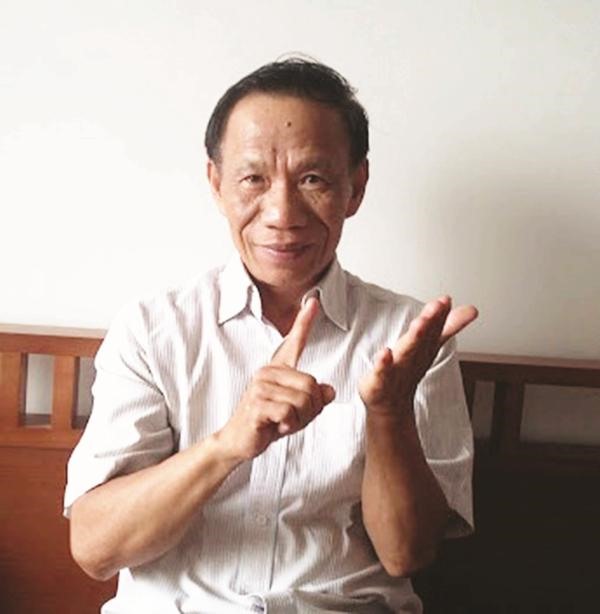 Opinion
Opinion

Agriculture expert and former Editor-in-chief of the Nông thôn Mới ( New Countryside) magazine Hoàng Trọng Thủy tells Hải quan ( Customs) newspaper about the need to make joint efforts in promoting safe food chain in Việt Nam.
 |
| Hoàng Trọng Thủy |
Agriculture expert and former Editor-in-chief of the Nông thôn Mới ( New Countryside) magazine Hoàng Trọng Thủy tells Hải quan ( Customs) newspaper about the need to make joint efforts in promoting safe food chain in Việt Nam.
What do you think about the form and development of a safe food chain in Việt Nam?
Positive and notable changes have been seen in the development of a safe food chain in Việt Nam. Government bodies, including ministries of Agriculture, Health, as well as Industry and Trade are more active in managing and encouraging safe food production. Companies and co-operatives are engaged and invested in safe food production and supply, thus offering more farming products of higher quality to the market. However, they are only the first steps as there are pending issues that need to be addressed so that safe food can reach more consumers.
Việt Nam needs to improve its legal framework and restructure its market. For companies, they developed a connection between production and supply for safe food but the supply network is still modest with retailers mostly in urban areas, targeting middle-class consumers. General consumers still find it difficult to obtain safe food.
What is the weakest link in the safe food chain in Việt Nam?
It’s retailing, or how the safe food reaches consumers. It’s because communication is not strong enough while consumers lack the knowledge and skills to distinguish between safe products and unsafe ones. These factors reduce the competitiveness of safe food.
As part of a distribution network, supermarkets also face difficulties. Supermarkets don’t buy products from producers. Supermarkets usually get commission on the products that are sold in the supermarket. If products, particular farming products, are spoiled, the supermarkets will ask producers to replace them. The replacement costs producers more time and shipping cost, which make them unhappy.
Facing difficulties, many safe food companies “quit the game”. Do you think they need more support policies?
It’s necessary to have policies to support enterprises, particularly those with modest competence but promising business initiative. The policies should concentrate on taxes, for example, those related to land use or corporate income. Besides the Government’s support, enterprises should stand on their own feet through boosting direct connection with consumers. For examples, food providers meet with Trade Unions in companies, introduce their products and committee to provide products regularly. This model proved successful, as safe vegetable producers in Hà Nội applied it.
How can a safe food chain be developed and expanded effectively in the long-term?
Consumers play a decisive role in making safe food “survive” and “grow”. So, the first thing to do is boost communication on safe food producers and suppliers and help consumers distinguish between safe food and unsafe food. When equipped with proper understanding and skills, consumers can make better decisions when selecting safe food.
Government bodies should also tighten monitoring and inspections of food producers to ensure transparency, healthy competition and more importantly, gain consumers’ trust.
I also think that stricter punishment is needed to deter those who make or trade unsafe food. — VNS




